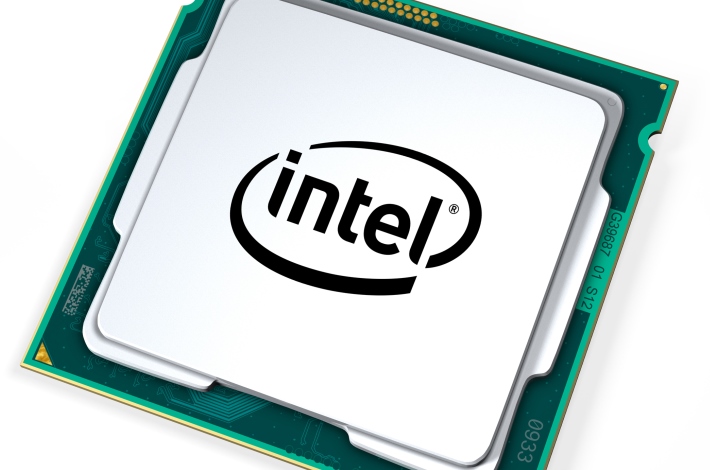The bull market is nearing its sixth year, and the gains in 2014 continued, with the Dow Jones Industrial Average (DJIA) up 7.5% and the S&P 500 Index up 11.4%. While those index performances do not account for individual stock dividends, Intel Corp. (NASDAQ: INTC) closed out 2014 at $36.29, for a total return including its dividends of 44.2%.
24/7 Wall St. has undertaken a bullish and bearish review to evaluate both sides of the coin to see what lies ahead for Intel and each DJIA component in 2015 and beyond. One key consideration for the year ahead is that this chip and processor giant wasn’t just one of the best of the DJIA stocks in 2014. We also voted Intel as one of our top large cap stocks of 2014.
With its 2014 trading range of $23.50 to $37.90, Intel’s consensus analyst price target of $35.65 would imply that it actually has downside of 1.8% this year. Then there is the dividend yield of 2.6% to consider, after you adjust for the unexpected dividend hike announced in November.
It turns out that Microsoft Corp. (NASDAQ: MSFT) was a huge catalyst for Intel. By dropping support for Windows XP, Microsoft created a large wave of enterprise spending for new PCs. Microsoft’s newer operating systems also required more souped-up PCs with much stronger processors, and Intel got to ride that gravy train.
ALSO READ: The Bullish and Bearish Case for IBM in 2015
Intel has a market cap around $175 billion, yet it will lose money on its smartphone and tablet processors due to rebating and discounting tied to win that business. Amazingly, it turns out that the death of PC has overblown. Intel is a constant key winner in the Internet of Things initiatives as well.
Analysts and investors have only recently started catching up to the Intel story. The group of analysts missed the boat in 2014 as well. When we ran our full DJIA bullish and bearish analysis a year ago, the consensus analyst price target implied an expected loss of 5.6% or so. Would you consider analysts on the ball if they predicted a drop of more than 5% and shares rose by more than 40% instead?
Right after the start of 2015, Intel was named as one of Wells Fargo’s top chip stocks for 2015. Merrill Lynch even sent Intel a Christmas research call by naming it among its top semiconductor picks for 2015. Still, Citigroup only started its rating at Neutral in mid-December. Elsewhere, Barron’s also opined around Thanksgiving that analysts were just warming up to Intel and that it could rise 30% in the year ahead.
Another driving force here is that Intel raised its dividend at the end of 2014. This caught many dividend watchers, including yours truly, by total surprise. It was just in early 2014 and 2013 that analysts were writing that Intel’s days of dividend hikes could be over for quite a long time. Intel is also one of the top research and development spenders as well, a trait that is supposed to drive great gains for long-term investors.
ALSO READ: The Bullish and Bearish Case for Boeing in 2015
There are of course some risks for Intel. Losing money with negative net revenues for mobile chips is hardly rewarding. What if the Internet of Things just further cannibalizes PC sales and higher margin sales? Intel lost out to Advanced Micro Devices Inc. (NASDAQ: AMD) in 2013 over the graphics and processor designs for the Xbox One and the PlayStation 4, although it smoked AMD in the PC market. Both ARM Holdings PLC (NASDAQ: ARMH) and Qualcomm Inc. (NASDAQ: QCOM) also have proven to be very formidable competitors when it comes to mobile chips that power non-PC Web devices.
After a dividend-adjusted performance of 44.2% in 2014, Intel’s total upside this year, with the dividend included, is expected to be 0.8%. That may seem like not enough upside, considering how much it already is up. Also, investors don’t always do well solely chasing the prior year’s top DJIA top stocks. That being said, Intel has been underloved by many analysts the whole way up and it is possible that they are just too pessimistic.
This was both sides of Intel’s coin for 2015 and beyond. Stay tuned.
ALSO READ: The Bullish and Bearish Case for Cisco in 2015
Thank you for reading! Have some feedback for us?
Contact the 24/7 Wall St. editorial team.





